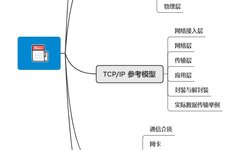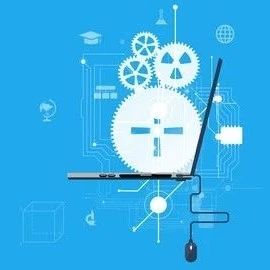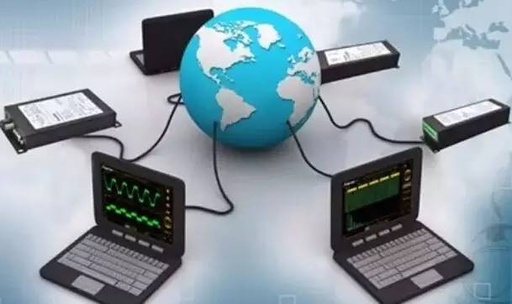Differences Between OSI Model and TCP/IP Model
Click the blue text above to follow us Resource Release Huawei Certified Beginner to Advanced Practical Course ↓ Scan to watch the video ↓ 1 1. OSI Reference Model The seven-layer model, also known as OSI (Open System Interconnection), is a standard framework established by the International Organization for Standardization (ISO) for interconnecting computer or … Read more






